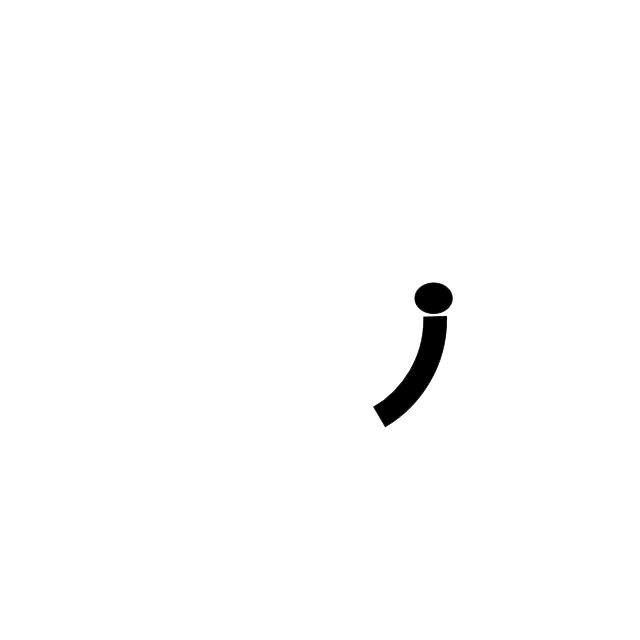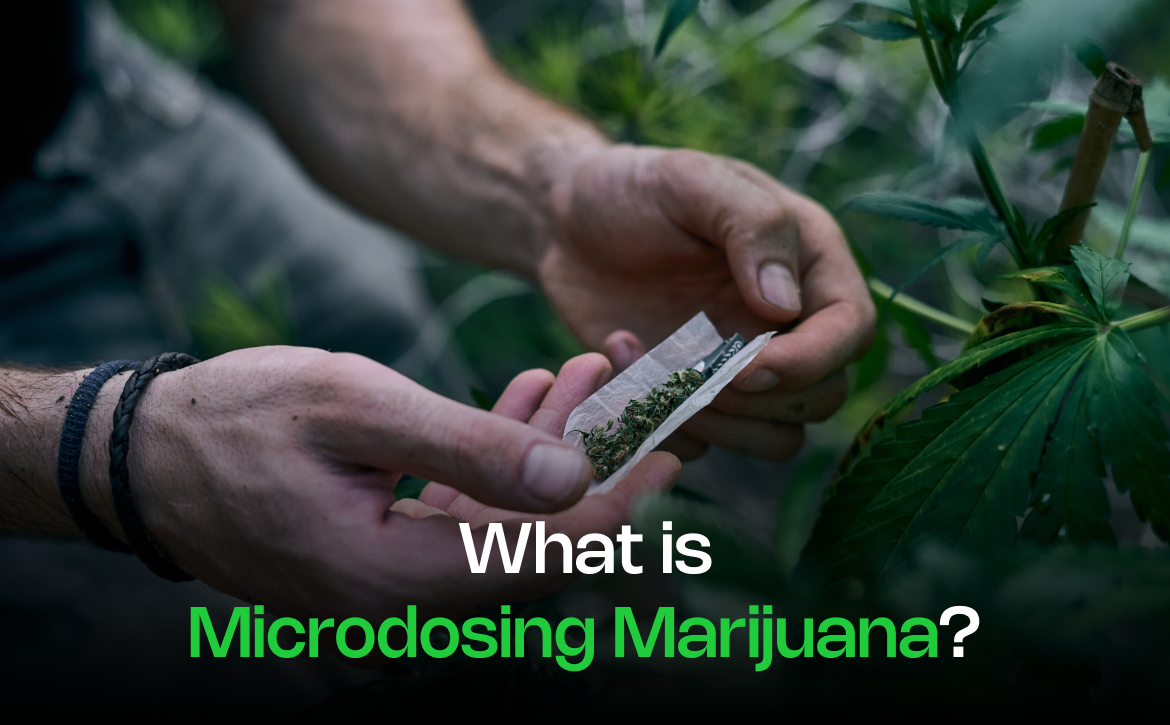As cannabis consumption methods evolve, microdosing marijuana has gained attention as a preferred choice. This method allows users to experience the benefits of cannabis without the overwhelming psychoactive effects.
Microdosing is ideal for both experienced users and newcomers who want to improve their well-being while staying focused and clear-headed.
The process involves consuming small amounts of marijuana, just enough to feel the benefits without the typical “high” associated with larger doses.
This approach offers a way to enjoy marijuana’s therapeutic effects while minimizing potential side effects.
Let’s explore in more detail the concept of microdosing marijuana, how it works, its benefits, methods, and the challenges associated with it.
Table of Contents
ToggleWhat is Microdosing Marijuana?
Microdosing marijuana involves consuming small, precise amounts of cannabis to gain therapeutic benefits while avoiding the intense psychoactive effects of a high.
This approach differs from recreational use, which often includes larger doses to achieve intoxicating effects. Instead, microdosing promotes subtle improvements in mood, concentration, and overall well-being.
Marijuana contains two primary compounds: THC (tetrahydrocannabinol) and CBD (cannabidiol). THC is the ingredient responsible for producing psychoactive effects, while CBD offers therapeutic advantages without causing a high.
Microdosing often involves carefully balancing these compounds to suit individual preferences and health goals.
This method is ideal for individuals who want to experience the benefits of cannabis, such as stress relief, better focus, or reduced discomfort, without feeling impaired or overwhelmed.
How Does Microdosing Work?
Microdosing marijuana works by interacting with the body’s endocannabinoid system (ECS), which is a complex network of receptors responsible for regulating essential functions like mood, pain management, stress, and sleep.
When THC and CBD, the active compounds in cannabis, bind to these receptors, they influence how the body maintains balance and responds to different stimuli.
This interaction helps users experience therapeutic effects without the overwhelming sensations associated with larger doses.
The secret to effective microdosing lies in finding the threshold dose, which is the smallest amount required to achieve the desired effects. This approach minimizes the risk of feeling intoxicated while still allowing users to enjoy the benefits of cannabis.
For example, small doses of THC can boost mood and spark creativity, while CBD can alleviate anxiety and reduce inflammation without affecting mental clarity.
Many individuals find that microdosing enhances productivity by improving focus and reducing stress, making it an ideal choice for professionals, creatives, and those seeking calm and balance in their daily lives.
Benefits of Microdosing Marijuana
Microdosing marijuana is becoming increasingly popular for those looking to experience the therapeutic benefits of cannabis without losing their mental clarity or functionality.
This approach involves taking small, controlled doses of THC or CBD, which can have several positive effects on your overall well-being. Here are some of the key benefits:
1. Managing Stress and Anxiety
Small doses of THC and CBD can help regulate your mood and reduce stress or anxiety levels without causing sedation. It’s an ideal option for those looking for calmness without feeling overly relaxed or sleepy.
2. Enhancing Focus and Creativity
Microdosing THC gently stimulates brain activity, which can improve mental clarity and boost creative thinking. Whether you’re working on a project or brainstorming new ideas, this can be especially beneficial for professionals and artists.
3. Pain Relief Without Impairment
Microdosing offers a natural and effective way to manage pain, allowing you to relieve discomfort without the dizziness or grogginess that higher doses of cannabis may cause.
4. Improved Sleep Patterns
If you suffer from insomnia or restless nights, microdosing cannabis can help promote relaxation, making it easier to fall asleep and enjoy better-quality sleep.
By choosing microdosing marijuana, individuals can enjoy a balanced and controlled experience, offering relief from various issues while maintaining their productivity and lifestyle.
Methods of Microdosing
Microdosing marijuana offers flexibility, as there are several methods available, each catering to different preferences and convenience levels.
The goal is to maintain control over the dosage, ensuring users enjoy the benefits of cannabis without overconsuming. Below are some common methods used for microdosing:
Edibles
Edibles like low-dose gummies, capsules, or chocolates are a simple and discreet way to microdose. These products typically start at 1–2 mg of THC or CBD, making it easy to control the amount consumed. Edibles provide a slow, consistent release of cannabinoids, making them a popular choice for many users.
Tinctures
Tinctures are liquid cannabis extracts that come with a dropper, allowing for precise dosing. They can be taken directly under the tongue for quick absorption or mixed into beverages for a more subtle experience. This method offers flexibility and fast onset, making it ideal for those who want quick and accurate results.
Vaping
Vaping is another effective way to microdose marijuana. With this method, users inhale small amounts of cannabis vapor, providing almost instant effects and complete control over the dosage. It’s perfect for those who want to experience the benefits of cannabis quickly without overconsumption.
Flower
Smoking or using a pipe or joint with minimal cannabis is the traditional method of microdosing. It’s a common method, but it may lack the precision of edibles or tinctures, making accurate dose control more challenging.
It’s important to start with small doses and adjust as needed to achieve better results. Finding the right method and dosage ensures users can enjoy the therapeutic benefits of cannabis without compromising daily productivity.
How to Choose the Right Dose of Marijuana??
Finding the right microdose of marijuana requires time, observation, and a systematic approach to ensure effective results.
Here’s how you can determine your ideal dose:
- You can start with a small amount, like 1–2 mg of THC or CBD, to minimize any risk of overconsumption.
- Monitor how you feel by keeping a journal to record changes in mood, focus, physical sensations, and overall effects.
- Adjust the dose slowly by increasing or decreasing in small amounts over several days to identify your threshold.
- Be consistent in using the same cannabis product and method throughout the experimentation period for accurate assessment.
- If you feel uncertain or need professional guidance for safe dosing, it is essential to consult a healthcare provider or a cannabis expert.
It is crucial to determine the right dose that provides the desired therapeutic benefits without unwanted effects, ensuring a balanced and personalized cannabis experience.
How to Overcome Microdosing Challenges
Microdosing marijuana offers several benefits but also comes with some challenges that you need to consider. One of the primary difficulties is accurately measuring doses.
This can be especially challenging with products like edibles or cannabis flowers, where the potency might not always be consistent. Achieving precise doses requires careful attention and sometimes trial and error.
Another factor to keep in mind is the variability in how THC and CBD affect individuals.
A person’s body weight, metabolism, and tolerance levels can significantly influence their response to microdosing. What works for one person may not yield the same results for another, making it essential to approach the process with patience and flexibility.
Prolonged use of marijuana, even in small amounts, can also lead to tolerance over time. This means the effects may diminish, requiring users to take occasional breaks or adjust their dosage to maintain the desired benefits.
Additionally, the legal status of marijuana differs across regions, which may impact access to quality products and the ability to microdose effectively.
It is important to recognize these challenges and adopt a mindful approach to improve your microdosing experience while reducing potential drawbacks.
Who Can Benefit from Microdosing?
Microdosing marijuana is suitable for various individuals, including:
- Patients managing chronic conditions can find relief from pain, anxiety, or insomnia without experiencing significant impairment.
- Professionals and creatives looking to enhance focus, productivity, and creativity may find microdosing beneficial for their demanding roles.
- Cannabis beginners who are cautious about the psychoactive effects of marijuana can safely explore its benefits with microdosing.
- Medical patients seeking therapeutic effects without significant psychoactivity often prefer the microdosing method for more subtle relief.
- The growing popularity of microdosing marijuana reflects its adaptability and versatility, addressing the needs of a wide range of individuals seeking enhanced well-being.
Microdosing offers various benefits that suit different individuals and can be adjusted to personal health and lifestyle goals.
Conclusion
Microdosing marijuana offers a thoughtful, personalized way to use cannabis, focusing on its therapeutic benefits rather than causing intoxication.
Users can improve their well-being, manage stress, and increase productivity by taking small doses while maintaining mental clarity. This method is ideal for those who want the positive effects of cannabis without feeling overwhelmed or impaired.
Understanding how the endocannabinoid system works and exploring different microdosing methods allows individuals to customize their experience.
Whether you’re new to cannabis or an experienced user, microdosing THC and CBD gives you the chance to use cannabis in a controlled and effective way.
It’s important to prioritize responsible use, consult with healthcare professionals when needed, and embrace this growing trend to fully unlock the potential benefits of microdosing marijuana.


